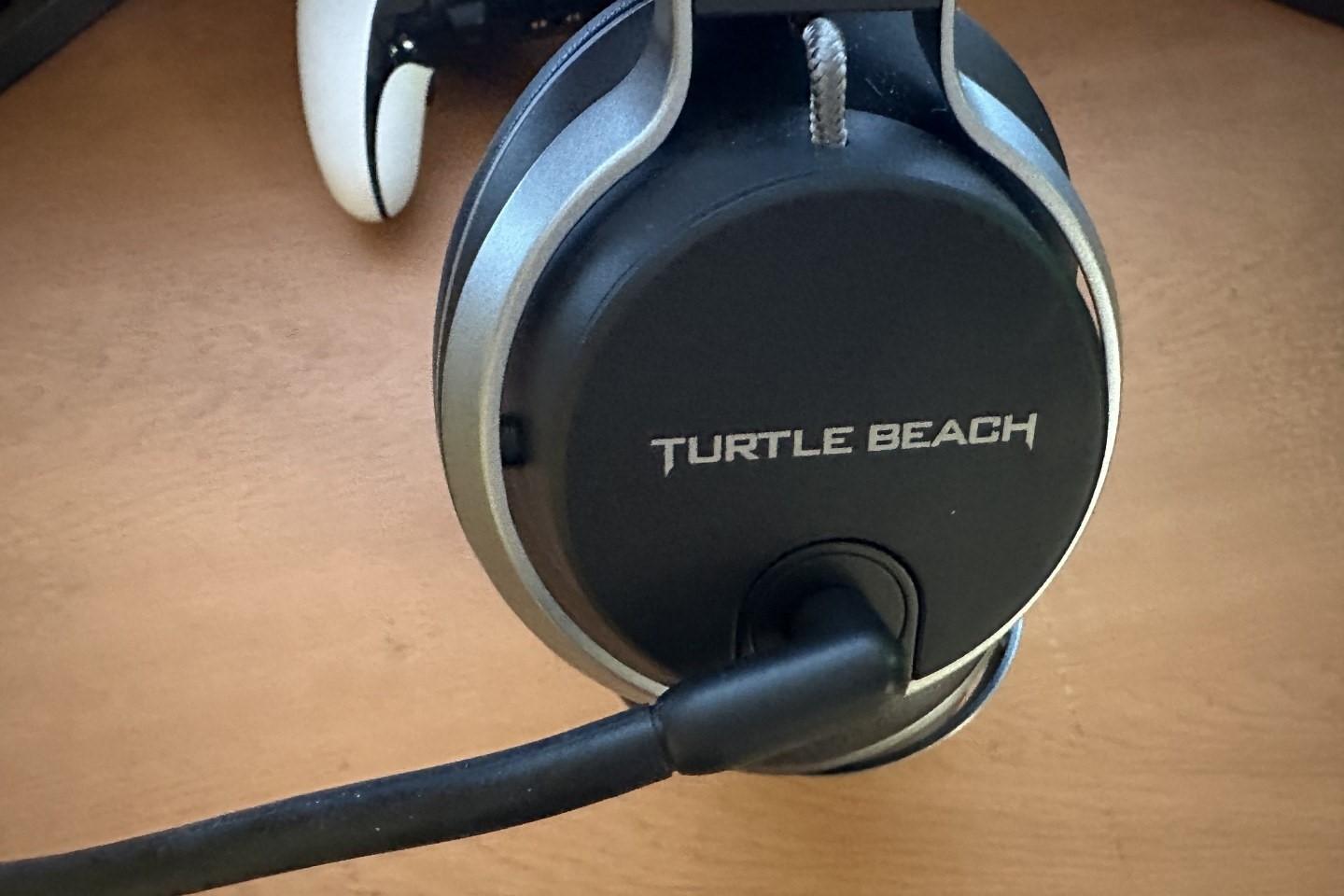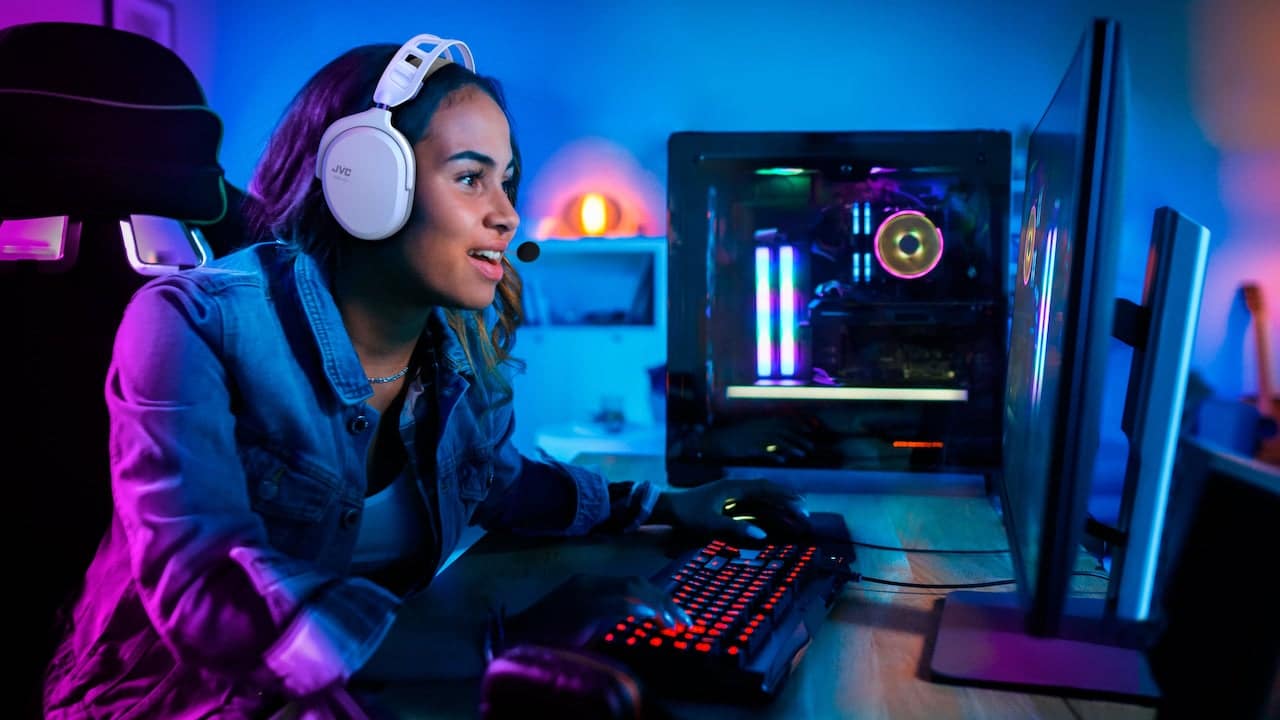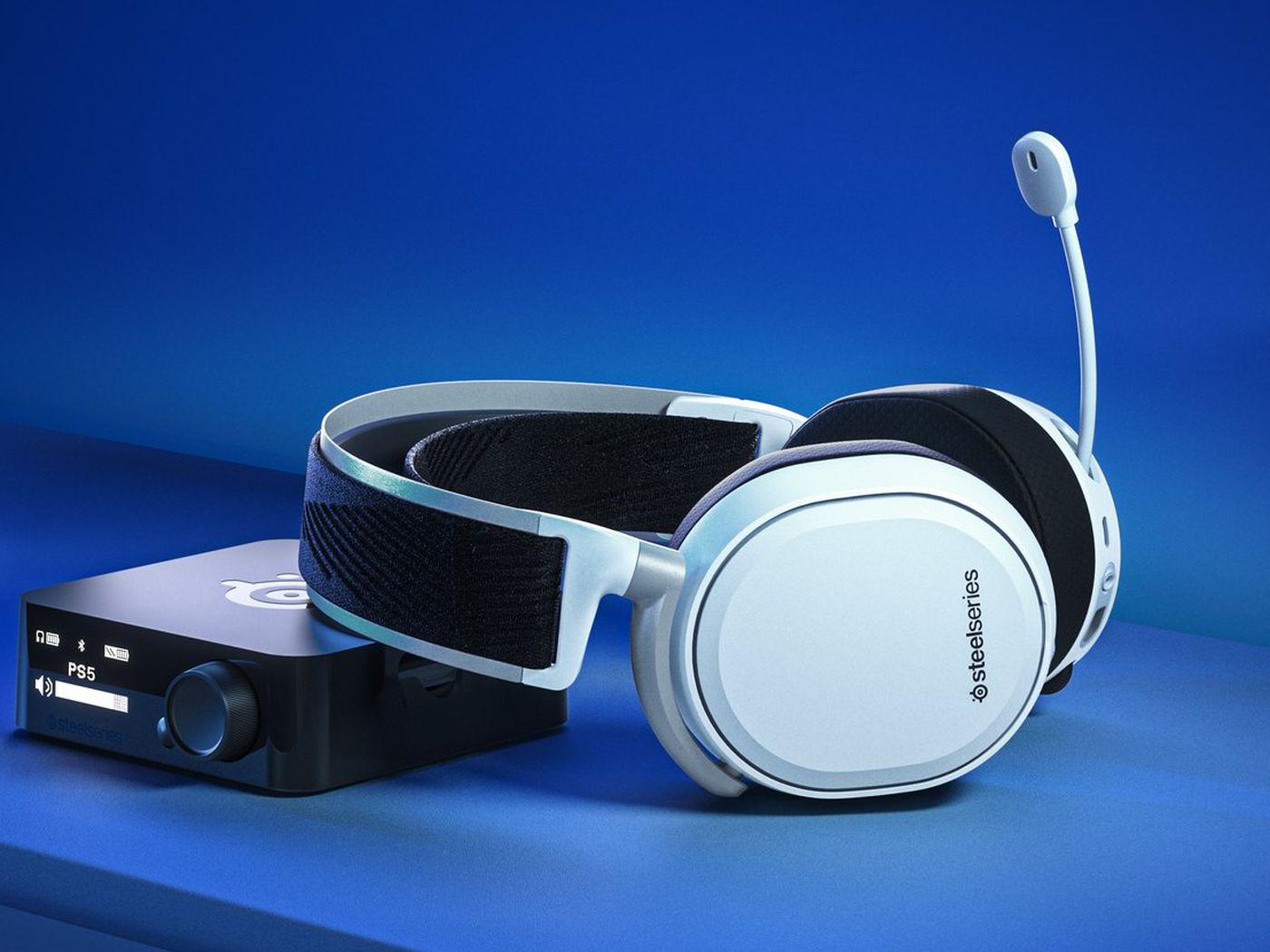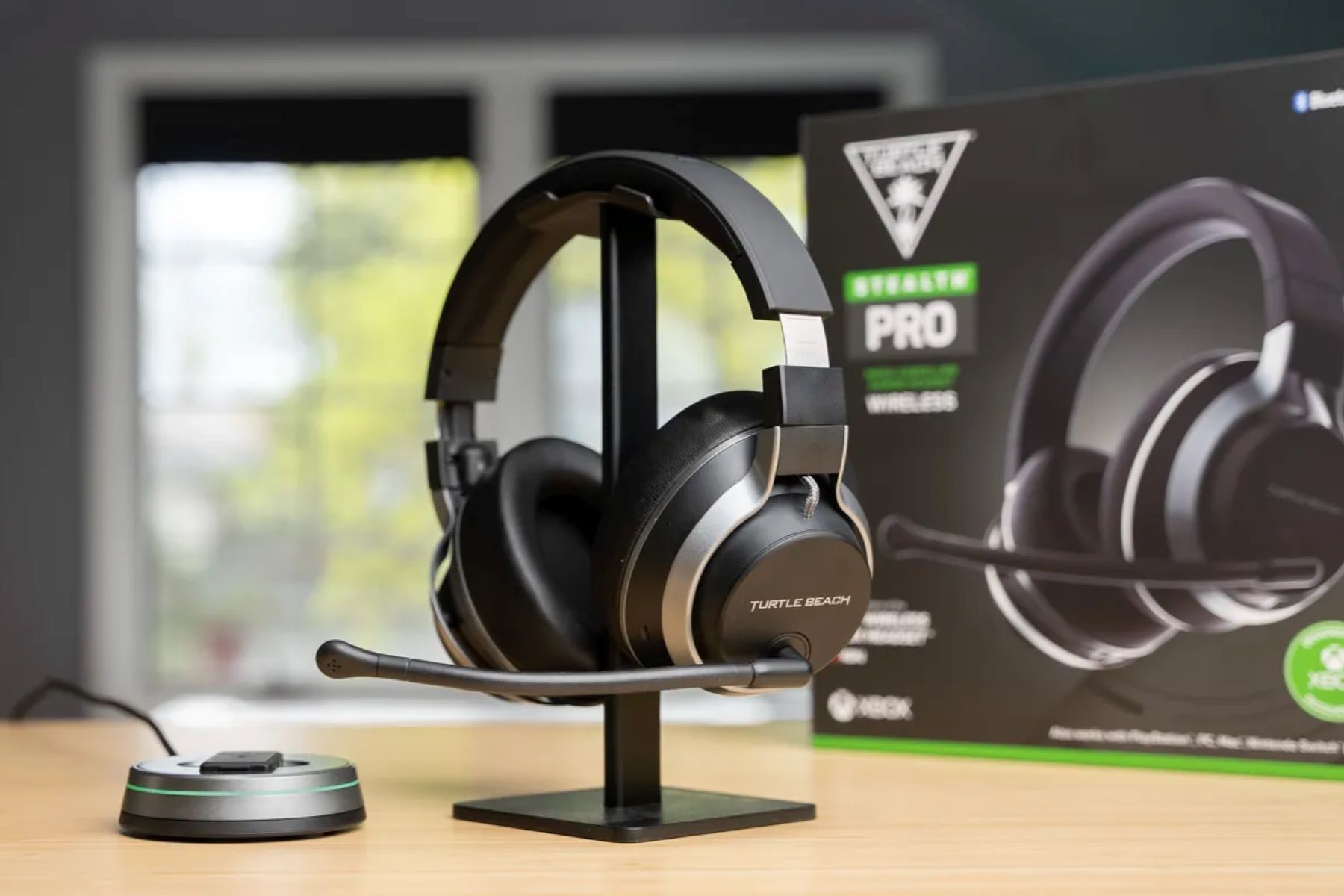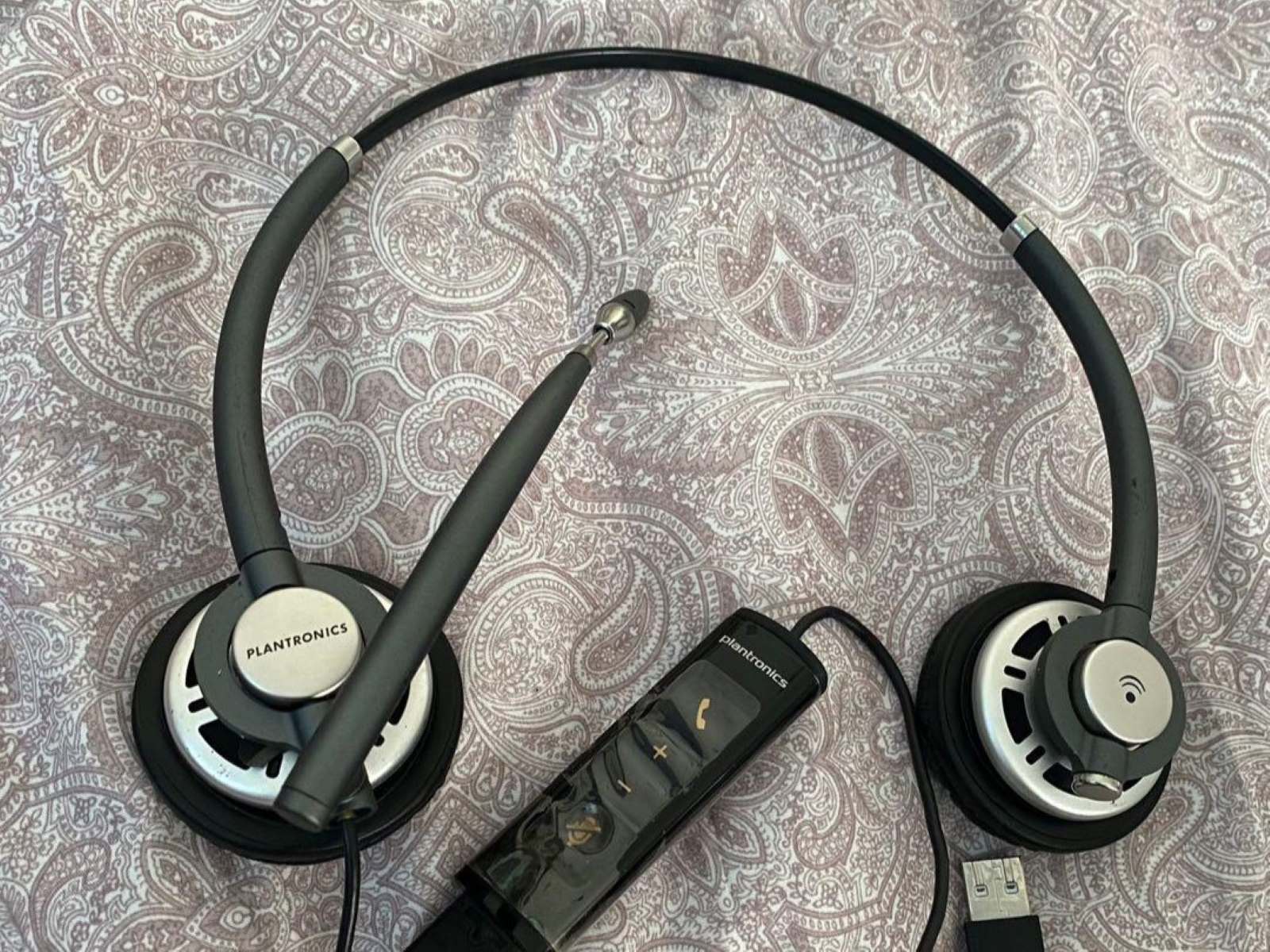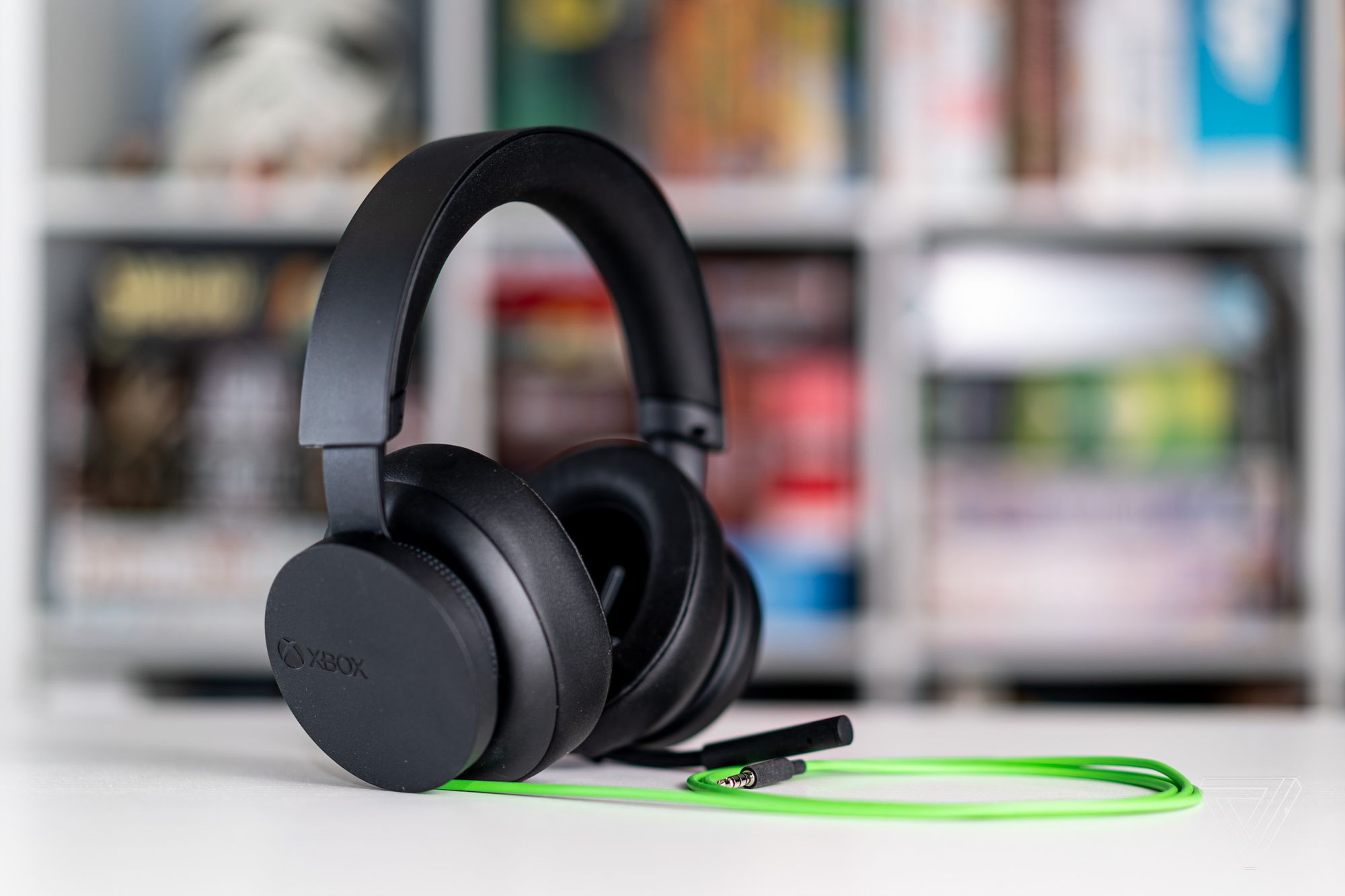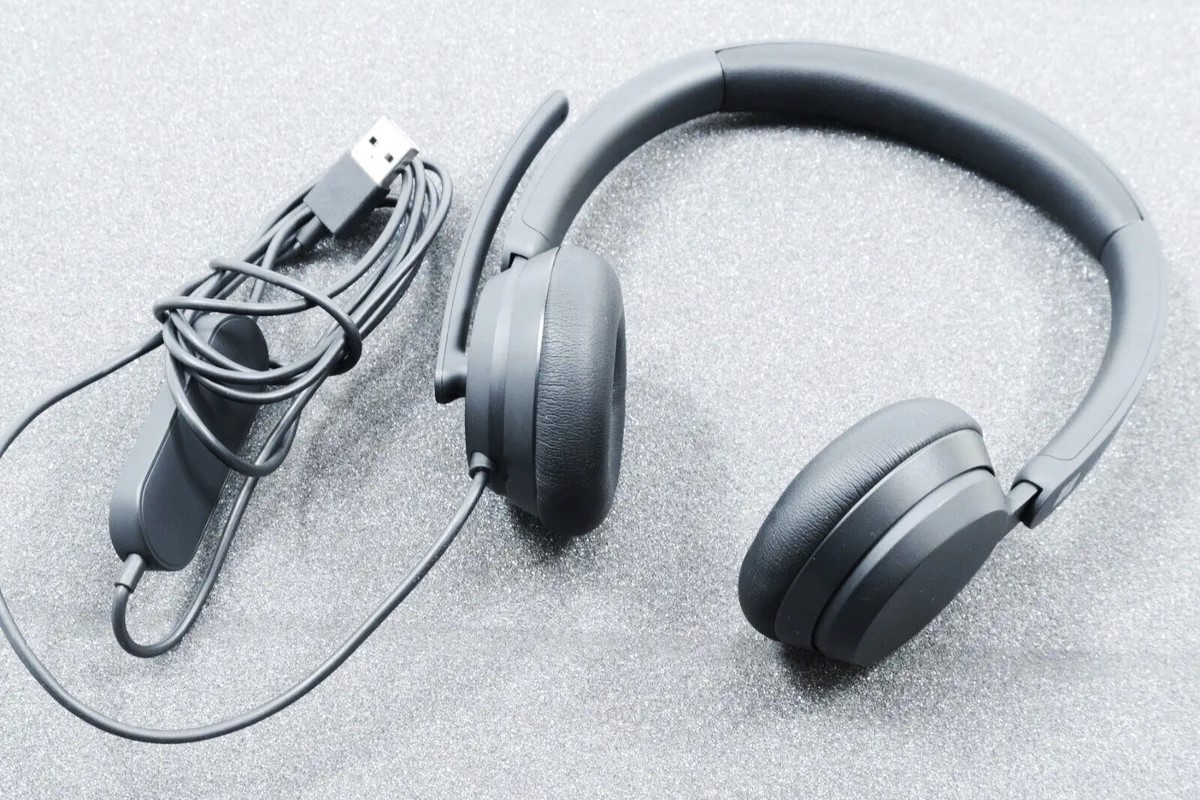Introduction
Headset microphones have become an indispensable tool in our daily lives, serving as essential companions for various activities such as gaming, virtual meetings, and content creation. As convenient as they are, these nifty gadgets are not immune to technical hiccups that can disrupt our seamless communication and audio experiences. Whether it's a sudden loss of sound, connectivity issues, or erratic microphone behavior, encountering problems with headset mics can be frustrating and perplexing.
In this comprehensive guide, we will delve into the common issues that plague headset microphones and provide practical troubleshooting steps to help you overcome these challenges. By the end of this article, you will be equipped with the knowledge and techniques to diagnose and resolve headset mic woes, ensuring that you can continue to communicate and create content without interruption.
Let's embark on a journey to unravel the mysteries behind headset mic malfunctions and empower ourselves with the know-how to tackle these issues head-on. Whether you're a seasoned tech enthusiast or a casual user, this guide will equip you with valuable insights and solutions to navigate the intricate world of headset mic troubleshooting. So, fasten your seatbelts and get ready to embark on a troubleshooting adventure that will elevate your headset mic experience to new heights.
Common Issues with Headset Mics
Headset microphones, despite their convenience and versatility, are prone to a range of common issues that can disrupt their functionality. Understanding these prevalent problems is crucial for effectively troubleshooting and resolving them. Below are some of the most frequent issues encountered with headset mics:
-
Poor Sound Quality: One of the most frustrating issues users encounter is poor sound quality from their headset microphones. This can manifest as muffled or distorted audio, making it challenging for others to hear you clearly during calls or recordings.
-
Intermittent or No Sound: Another prevalent issue is the intermittent or complete loss of sound from the headset mic. This can be incredibly disruptive, especially during important virtual meetings or gaming sessions.
-
Connectivity Problems: Headset mics may suffer from connectivity issues, leading to intermittent disconnections or failure to establish a stable connection with the device they are paired with. This can be a source of immense frustration, particularly when trying to communicate or engage in activities that rely on uninterrupted audio input.
-
Microphone Sensitivity: In some cases, users may experience erratic microphone sensitivity, where the mic either picks up too much background noise or fails to capture the user's voice effectively. This can result in a subpar communication experience and hinder the overall functionality of the headset mic.
-
Hardware Malfunctions: Over time, hardware components of headset mics, such as the microphone boom or audio jack, may experience wear and tear, leading to malfunctions that affect the device's performance.
Understanding these common issues is the first step toward effectively troubleshooting and resolving headset mic problems. By identifying the specific symptoms and manifestations of these issues, users can take targeted steps to address them and restore their headset mic to optimal functionality.
Troubleshooting Steps
When faced with issues related to headset microphones, it's essential to approach troubleshooting systematically to identify the root cause and implement effective solutions. By following a structured troubleshooting process, users can navigate through the complexities of headset mic malfunctions and address them with confidence. Below are the essential troubleshooting steps to guide you through resolving common headset mic issues:
-
Identify the Problem: The first step in troubleshooting headset mic issues is to pinpoint the specific problem. Assess whether the issue pertains to sound quality, connectivity, microphone sensitivity, or hardware malfunctions. Understanding the nature of the problem is crucial for determining the appropriate course of action.
-
Check Device Compatibility: Ensure that the headset mic is compatible with the device it is connected to. Compatibility issues can lead to erratic behavior and malfunctions. Verify that the headset mic is designed to work seamlessly with your computer, gaming console, or other devices.
-
Inspect Connections: Examine the physical connections between the headset mic and the device. Check for loose or damaged cables, as well as the integrity of the audio jack. A faulty connection can often be the culprit behind sound loss or intermittent connectivity.
-
Update Drivers and Firmware: Ensure that the device's drivers and firmware are up to date. Outdated software can lead to compatibility issues and hinder the performance of the headset mic. Visit the manufacturer's website to download and install the latest drivers and firmware updates.
-
Adjust Mic Settings: Access the audio settings on your device and adjust the microphone input levels. Experiment with different sensitivity levels to find the optimal setting that captures your voice without picking up excessive background noise.
-
Test with Different Apps: If the issue persists, test the headset mic with different applications or software. This can help determine whether the problem is specific to a particular program or if it is a broader issue affecting the overall functionality of the headset mic.
-
Try a Different Port or Device: If possible, connect the headset mic to a different audio port on your device or try using it with an alternative device. This can help isolate whether the issue is related to the specific port or device, providing valuable insights for troubleshooting.
-
Reset and Reconfigure: In cases of persistent issues, consider resetting the headset mic to its default settings and reconfiguring it with the device. This can resolve software glitches and restore the headset mic to a stable state.
By following these troubleshooting steps, users can methodically address headset mic issues and work towards restoring optimal functionality. Each step is designed to provide clarity in identifying and resolving the underlying causes of common headset mic problems, empowering users to overcome technical challenges with confidence.
Fixing Connectivity Problems
Connectivity problems are a common source of frustration for headset mic users, often leading to interruptions in audio transmission and communication. When faced with connectivity issues, it is essential to address them promptly to ensure a seamless user experience. Below are the key steps to fix connectivity problems with headset mics:
-
Check Physical Connections: Begin by inspecting the physical connections between the headset mic and the device it is connected to. Ensure that the audio jack is securely plugged in, and there are no signs of damage to the cable or connectors. A loose or damaged connection can lead to intermittent audio disruptions.
-
Reset Wireless Connections: If using a wireless headset mic, reset the wireless connection between the headset and the paired device. This can be done by turning off both the headset and the device, then re-establishing the connection according to the manufacturer's instructions. Resetting the wireless connection can resolve issues related to signal interference or pairing errors.
-
Check Bluetooth Settings: For Bluetooth-enabled headset mics, verify that the Bluetooth settings on the device are configured correctly. Ensure that the headset mic is paired with the device and that there are no conflicting Bluetooth connections that could disrupt the audio transmission.
-
Update Firmware and Drivers: Ensure that the firmware of the headset mic, as well as the drivers on the connected device, are up to date. Manufacturers often release firmware updates to address connectivity issues and improve the stability of wireless connections. Similarly, updating device drivers can resolve compatibility issues that may be affecting the headset mic's connectivity.
-
Optimize Wireless Environment: If using a wireless headset mic, consider optimizing the wireless environment to minimize interference. Avoid using the headset in close proximity to other wireless devices or sources of electromagnetic interference, as these can disrupt the wireless connection and lead to connectivity problems.
-
Reset Network Settings: In the case of Bluetooth connectivity issues, resetting the network settings on the device can sometimes resolve persistent pairing or connection problems. This can be done by accessing the device's Bluetooth settings and performing a network reset, followed by re-pairing the headset mic.
By following these steps, users can effectively address connectivity problems with their headset mics, ensuring stable and reliable audio transmission. Whether dealing with wired or wireless connectivity issues, a systematic approach to troubleshooting can lead to successful resolution and a seamless user experience.
Adjusting Mic Settings
Adjusting the microphone settings on your device can significantly impact the performance and functionality of your headset mic. By fine-tuning the mic settings, you can optimize audio input levels, enhance voice clarity, and minimize background noise, ultimately improving the overall communication and recording experience.
Accessing Audio Settings
To begin adjusting the mic settings, access the audio settings on your device. This can typically be done through the system settings or control panel, depending on the operating system. Look for the section related to audio or sound settings, where you can find options to configure input and output devices.
Microphone Sensitivity
One of the key settings to adjust is the microphone sensitivity or input level. This setting determines how much sound the microphone captures and transmits to the connected device. Experiment with different sensitivity levels to find the optimal setting that captures your voice clearly without picking up excessive background noise. A moderate sensitivity level strikes a balance between capturing the user's voice and minimizing ambient sounds.
Noise Cancellation
Many devices offer noise cancellation or noise suppression features for microphones. These features are designed to reduce background noise and enhance voice clarity during communication or recordings. Enable noise cancellation settings, if available, to minimize distractions and ensure that your voice comes through clearly to the listeners or recording software.
Test and Adjust
After making adjustments to the mic settings, it's essential to test the microphone in various scenarios. Engage in a test call or recording session to assess the impact of the settings changes. Pay attention to the clarity of your voice, the presence of background noise, and any improvements in audio quality. Fine-tune the settings based on the test results, making incremental adjustments until you achieve the desired audio performance.
Application-Specific Settings
Certain applications and software may offer additional mic settings that can be adjusted independently. For example, communication apps, gaming platforms, and recording software often provide specific settings for microphone input. Explore these application-specific settings to further optimize the performance of your headset mic based on the intended use and environment.
By adjusting the mic settings in a systematic and iterative manner, users can tailor the performance of their headset mics to suit their specific needs and preferences. Whether for clear communication during virtual meetings, immersive gaming experiences, or professional-quality recordings, optimizing mic settings can significantly enhance the overall audio experience.
Checking Hardware Issues
When troubleshooting headset mic problems, it's crucial to thoroughly inspect the hardware components for any signs of wear, damage, or malfunction. Hardware issues can significantly impact the performance and functionality of the headset mic, necessitating a detailed examination to identify and address potential problems.
Physical Inspection
Begin by conducting a visual inspection of the headset mic and its associated components. Check the microphone boom for any visible damage, such as dents, cracks, or loose connections. Inspect the audio jack and cable for signs of wear, fraying, or bent connectors. Additionally, examine the inline controls, if present, to ensure that all buttons and switches are functioning as intended.
Cable Integrity
The integrity of the headset mic's cable is paramount to its overall performance. A damaged or frayed cable can lead to intermittent connectivity, sound loss, or distorted audio. Carefully run your fingers along the length of the cable, feeling for any irregularities or inconsistencies. If any damage is detected, it may be necessary to replace the cable to restore the headset mic's functionality.
Audio Jack Examination
The audio jack, where the headset mic connects to the device, is susceptible to wear and damage over time. Inspect the audio jack for any signs of deformation, corrosion, or foreign debris that may impede a secure connection. If the audio jack appears compromised, consider having it professionally serviced or replaced to ensure a reliable connection.
Microphone Boom Adjustment
For headset mics with an adjustable microphone boom, ensure that it is securely attached and positioned correctly. The microphone boom should be positioned close to the mouth, allowing for optimal voice capture while minimizing ambient noise. If the microphone boom is loose or exhibits limited adjustability, it may require tightening or repair to maintain its functionality.
Testing Across Devices
To further assess potential hardware issues, test the headset mic across different devices. Connect the headset mic to alternative computers, smartphones, or audio devices to determine if the issues persist across multiple platforms. By testing the headset mic on various devices, you can isolate whether the problems are hardware-specific or related to the primary device's configuration.
By meticulously checking for hardware issues and addressing any identified concerns, users can proactively maintain the functionality and performance of their headset mics. A thorough hardware inspection forms a critical part of the troubleshooting process, ensuring that potential sources of malfunction are identified and remedied effectively.
Conclusion
In conclusion, troubleshooting and resolving headset mic issues require a blend of technical know-how, patience, and a systematic approach. By understanding the common issues that plague headset mics, users can navigate through the complexities of technical malfunctions with confidence. From poor sound quality and connectivity problems to microphone sensitivity issues and hardware malfunctions, each challenge presents an opportunity for users to apply targeted troubleshooting steps and restore their headset mics to optimal functionality.
The troubleshooting steps outlined in this guide provide a roadmap for users to address headset mic woes effectively. By identifying the specific problem, checking device compatibility, inspecting connections, updating drivers and firmware, adjusting mic settings, and testing across different devices, users can methodically diagnose and resolve a wide range of headset mic issues. Furthermore, the focus on fixing connectivity problems and conducting a thorough examination of hardware components empowers users to tackle technical challenges with precision and thoroughness.
It's essential to emphasize the role of proactive maintenance in preserving the performance of headset mics. Regularly inspecting hardware components, ensuring firmware and drivers are up to date, and optimizing mic settings can contribute to a seamless and reliable user experience. Additionally, staying informed about best practices for headset mic care and usage can prolong the lifespan of these valuable devices, minimizing the occurrence of technical issues.
As technology continues to evolve, headset microphones will remain integral to various aspects of our personal and professional lives. Whether for virtual meetings, gaming, content creation, or voice communication, the reliability and performance of headset mics are paramount. Equipped with the knowledge and techniques shared in this guide, users can confidently troubleshoot and resolve headset mic issues, ensuring uninterrupted communication and enhanced audio experiences.
In the dynamic landscape of modern technology, the ability to troubleshoot and overcome technical challenges is a valuable skill. By empowering users with the tools and insights to navigate headset mic malfunctions, this guide aims to foster a community of informed and proactive users who can harness the full potential of their headset mics. As we continue to embrace the convenience and versatility of these devices, a proactive and informed approach to troubleshooting will undoubtedly enhance the overall user experience and ensure seamless audio communication and content creation.









